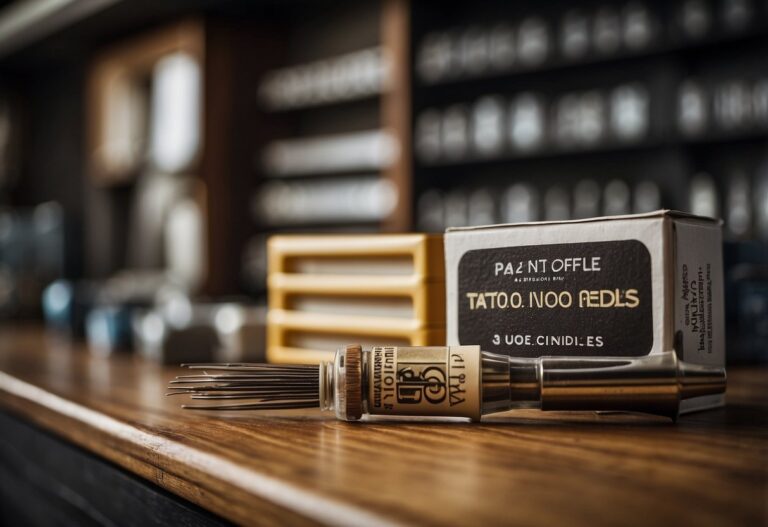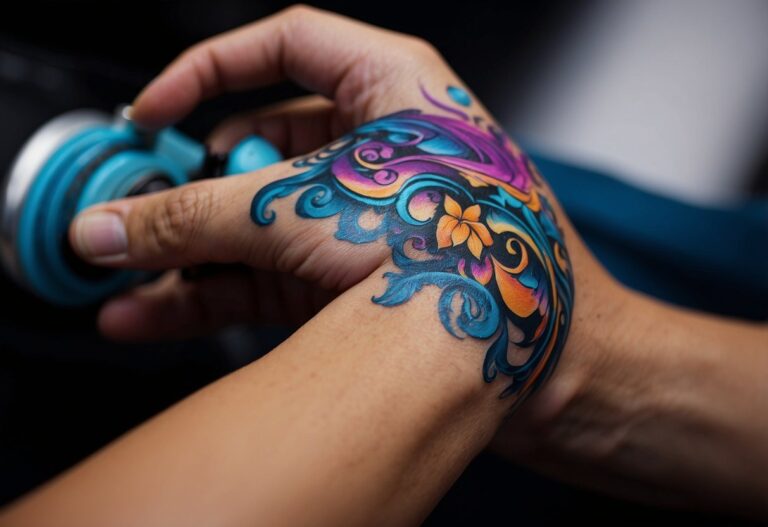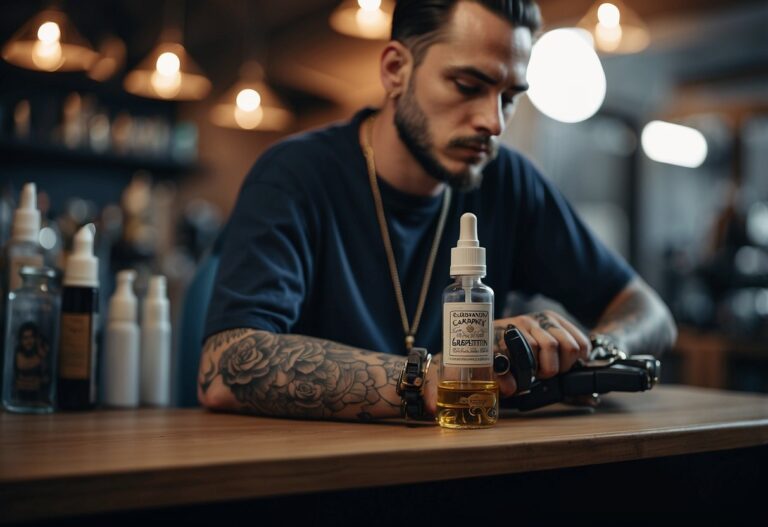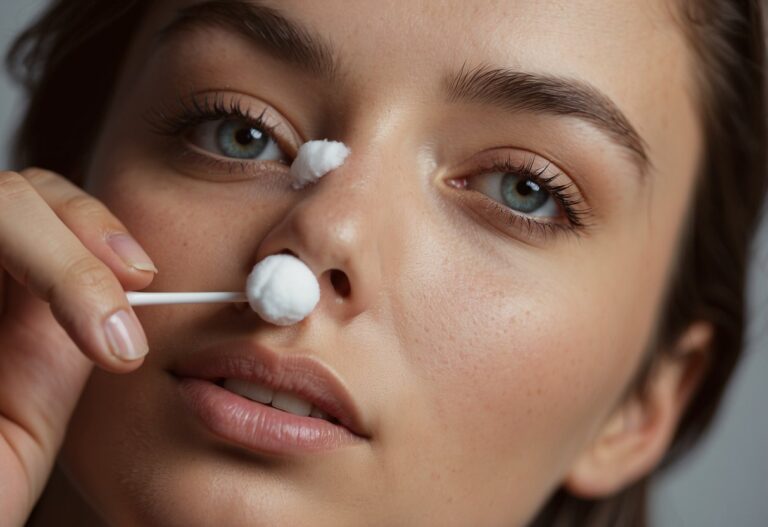is shea butter good for tattoos: Benefits and Tips for Aftercare
Are you wondering if shea butter is good for tattoos? Keeping a new tattoo healthy is crucial for its beauty and longevity. Shea butter, with its rich vitamins and moisturizing properties, is indeed excellent for your tattoo’s aftercare. This natural ingredient not only helps the tattooed skin heal but also ensures it stays vibrant and less prone to blurring.
When you get a fresh tattoo, your skin goes through a lot and needs proper nourishment to heal well. Shea butter creates a protective barrier that locks in moisture, reducing redness and irritation. Applying shea butter can lead to smoother skin and better-defined tattoos, keeping your ink looking sharp for years to come. Plus, it’s natural and safe, giving your skin the gentle care it deserves.
Key Takeaways
- Shea butter is excellent for tattoo aftercare.
- It helps in healing and moisturizing tattooed skin.
- This natural ingredient keeps tattoos vibrant and defined.
Benefits of Shea Butter for Tattoo Aftercare
Shea butter is a wonderful option for tattoo aftercare because of its nourishing ingredients, ability to provide deep hydration, and its function as a protective barrier for the skin. These benefits ensure your tattoo stays vibrant and healthy.
Nourishing Ingredients in Shea Butter
Shea butter is packed with vitamins and nutrients. It contains vitamin E, which is an important antioxidant that helps protect and repair your skin. Vitamin A and vitamin F also contribute to skin health by promoting regeneration and maintaining skin elasticity.
The high content of fatty acids like oleic acid, linoleic acid, and stearic acid provides nourishing properties. These acids help to moisturize and soften the skin, ensuring that your tattooed area doesn’t dry out. Also, cinnamic acid found in shea butter has known anti-inflammatory properties, which can be beneficial in reducing redness and swelling.
Hydration and Healing
Keeping your tattoo hydrated is crucial for the healing process. Shea butter excels at hydration because it deeply penetrates the skin due to its natural emollient properties. This means it locks in moisture, aiding in the repair and regeneration of skin cells around the tattoo.
When a tattoo is kept moist, it heals faster and keeps colors from fading. Shea butter’s blend of nutrients and healing properties work together to keep the tattoo vibrant and the skin soft. Aloe vera might also be known for this, but shea butter does the job without the need for reapplication every few hours.
Protection and Skin Barrier Enhancements
New tattoos can be sensitive, and having a strong skin barrier is essential. Shea butter boosts the skin’s protective barrier, guarding against environmental damage and bacteria. This layer of protection also helps in containing the ink within the skin, preventing blurry edges.
Shea butter’s combination of antioxidants, including vitamin E, helps shield the tattooed area from harmful free radicals. This ensures the tattoo stays clear and sharp over time. By maintaining a robust skin barrier, you also reduce the risk of infections and other complications.
Using shea butter as part of your tattoo aftercare can significantly impact how well and how quickly your tattoo heals, keeping it looking fresh and vibrant for longer.
How to Use Shea Butter for Your Tattoo
Shea butter, known for its rich moisturizing properties, can be highly beneficial for both new and older tattoos. It helps hydrate the skin, minimizes itchiness, and forms a natural barrier to protect the ink.
Application Tips for Optimal Healing
Cleanse the Tattoo: Gently cleanse the tattooed area with a mild, fragrance-free body wash or soap. Pat dry using a clean towel.
Patch Test First: Before full application, do a patch test with the shea butter to ensure there’s no allergic reaction. This is especially important for sensitive skin.
Apply a Thin Layer: Use a small amount of shea butter and apply a thin, even layer on the tattoo. Avoid using too much to prevent clogging pores and causing skin irritation.
Massage Gently: Lightly massage the shea butter into the skin in a circular motion. This helps the skin absorb the butter effectively.
Frequency: Apply shea butter 2-3 times daily during the initial healing period to keep the skin moisturized and hydrated.
Choose the Right Product: If possible, use unrefined shea butter, as refined versions may contain chemicals that can irritate the skin. Look for products specifically designed for tattoo aftercare.
Potential Issues and How to Avoid Them
Allergic Reactions: Always test a small area first. If you notice redness, swelling, or itching, discontinue use immediately.
Clogged Pores: Avoid over-application. Too much shea butter can lead to clogged pores and breakouts, especially if you have oily skin.
Sun Protection: Shea butter does not protect against UV rays. Always apply a sunscreen or wear protective clothing over the tattoo when exposed to the sun.
Product Quality: Ensure you’re using high-quality shea butter. Products mixed with other ingredients, like tea tree oil or vitamin E oil, can offer additional benefits but may also increase the risk of skin sensitivities.
Older Tattoos: If you’re using shea butter on older tattoos, apply it less frequently but keep the area moisturized to prevent fading and maintain vibrancy.
By following these tips, you can help ensure your tattoo remains vibrant and healthy while minimizing potential issues.







